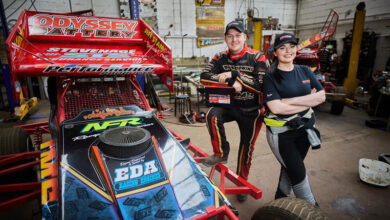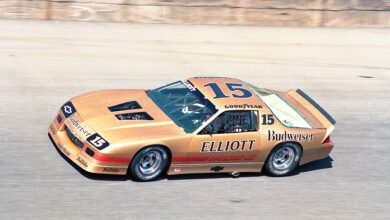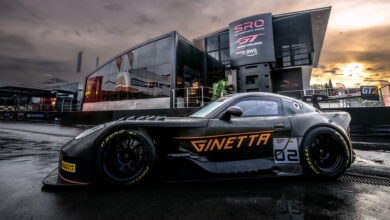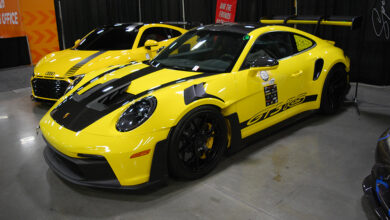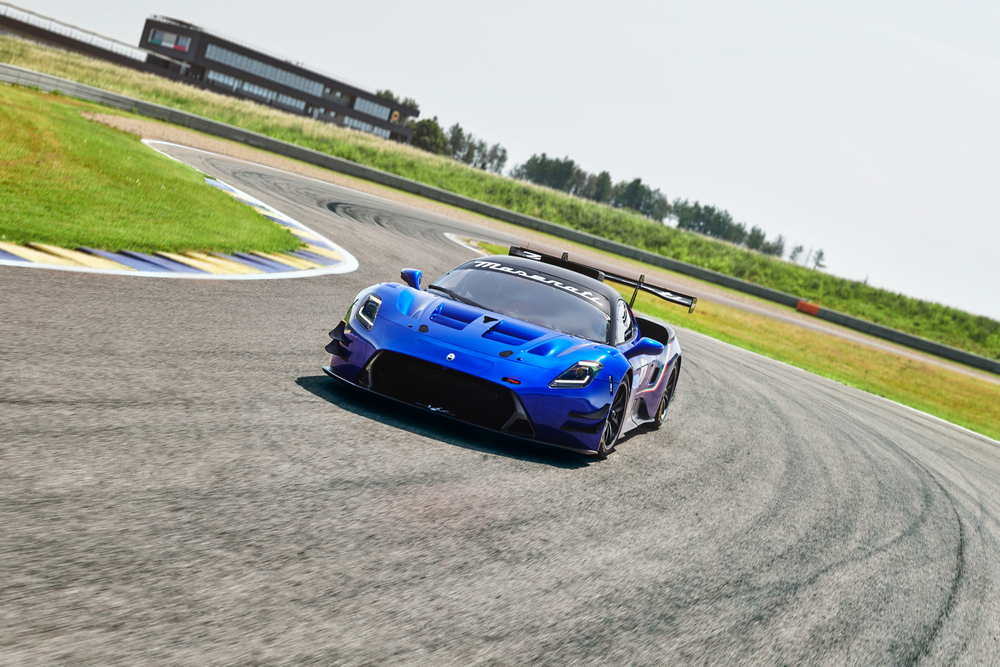
This article originally appeared in the September 2023 issue of THE SHOP magazine.
Are your performance customers looking to do more than just sit in a parking lot or slowly cruise the main drag? Tell them to hit the road.
The road racing market is robust, viable and has a big secret just waiting to be tapped. That big secret most shops overlook is that this market includes smaller and even temporary events—sometimes in parking lots or other atypical racing locations—such as autocross and autoslalom.
And if drivers are worried about getting door-slammed by an overzealous competitor, there are individual events where it’s just the driver, the car and the course. In fact, the Sports Car Club of America (SCCA) recently changed the name of its autocross racing to Solo.
Serving road racing customers who want to put their machines to the test can be fun and lucrative for shops. Performance product manufacturers have thoughts on the market’s growth, hot products and common mistakes to avoid.
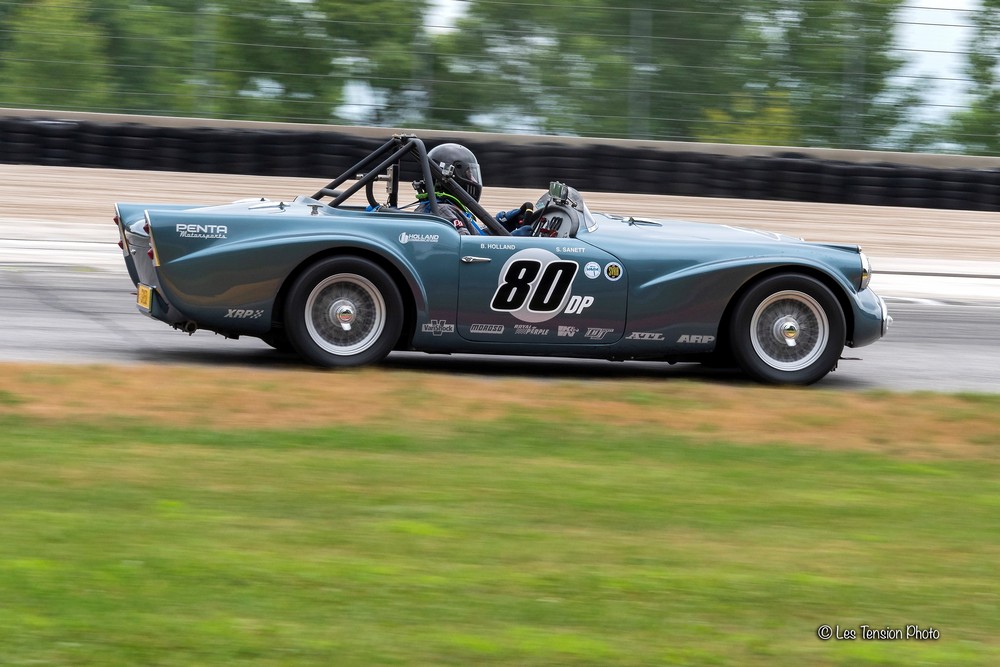
RISING CAR COUNTS
Autocross and Solo-style racing use the same parts and services and are part of the growing road racing market.
“Not long ago, it was all about SCCA, but then NASA stepped in with its HPDE (High Performance Driving Experience), which allowed the average Joe with a Miata or Mustang to get on track without worry of car-to-car contact,” says Dave Brzozowski, motorsports/ racing manager for Wilwood Disc Brakes. “That enthusiast can then stay within the HPDE program forever or step up to the prepared classes and battle for trophies.”
Noting there are more and more track days being held nationwide, Brzozowski lists the performance products that have seen improvements thanks to racing innovation.
“Tire construction—radial, bias ply, compounds and materials; shocks, suspension types, chassis designs and materials; and brakes in general—calipers, fluids, pad materials, rotor designs, pedal ratios and master cylinder sizing.”
More racers also mean more racing organizations.
“It appears that the Pro/Am series is at the top of the participation chain,” says Edwin Mangune, sales manager for Hawk Performance. “I see growth in SRO, IMSA, WRL, Porsche GT3 Cup, Ferrari Challenge, Lamborghini Super Trofeo, etc.”
There’s also been an escalation of turnkey GT race cars being offered by manufacturers for events with rules such as using homologated parts, he adds.
“At the grassroots level, there’s a rise in popularity in spec racing. People are looking for the most cost-effective way to be in a competitive class. There are more sanctioning bodies and track day groups such as GRIDLIFE and Global Time Attack. Speed events such as Time Attack are fairly new to the motorsports scene and are on an uptrend. Budget endurance racing has seen good growth as well with Lemons, Lucky Dog, ChampCar, AER and NASA. Vintage racing seems to be growing as well. There are more vintage groups than I can remember. There are more cars out there participating in these events, but they’re so spread out now.”
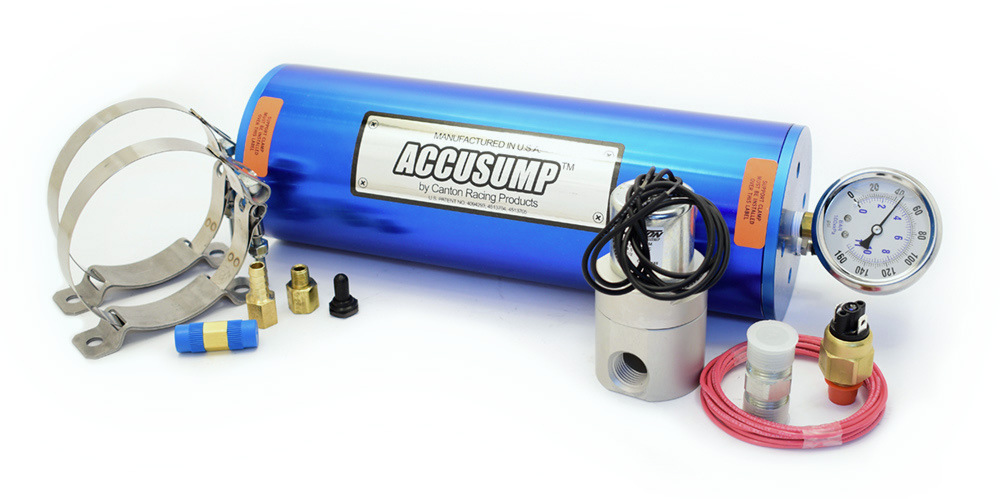
Kevin Parlett Sr., marketing manager for VP Racing, has watched as road racing has grown dramatically over the last decade, “from the accessibility to grassroots racing series like NASA all the way to the manufacturer-backed GT and Prototype classes of IMSA.”
Manufacturers are working hard to keep pace with increased demands, he notes.
“With an influx of racers at all levels, the technology has also grown rapidly in the aftermarket industry, from hard parts like suspension and complex ECUs to the technology that goes into the fluids we make at VP Racing.”
Shops carrying these products will want to focus on dependability and performance, says Bob Florine, executive vice president of ARP.
“Racers are now concentrating more on reliability and recognizing that fortifying the engine, driveline and suspension is important,” he says. “You can’t get the checkered flag if you don’t finish the race.”
Iann Criscuolo, technical manager at Canton Racing Products, sums up the current state of the road racing market.
“It has seen growth and usage of better parts, more horsepower and better handling road racing vehicles,” he says.
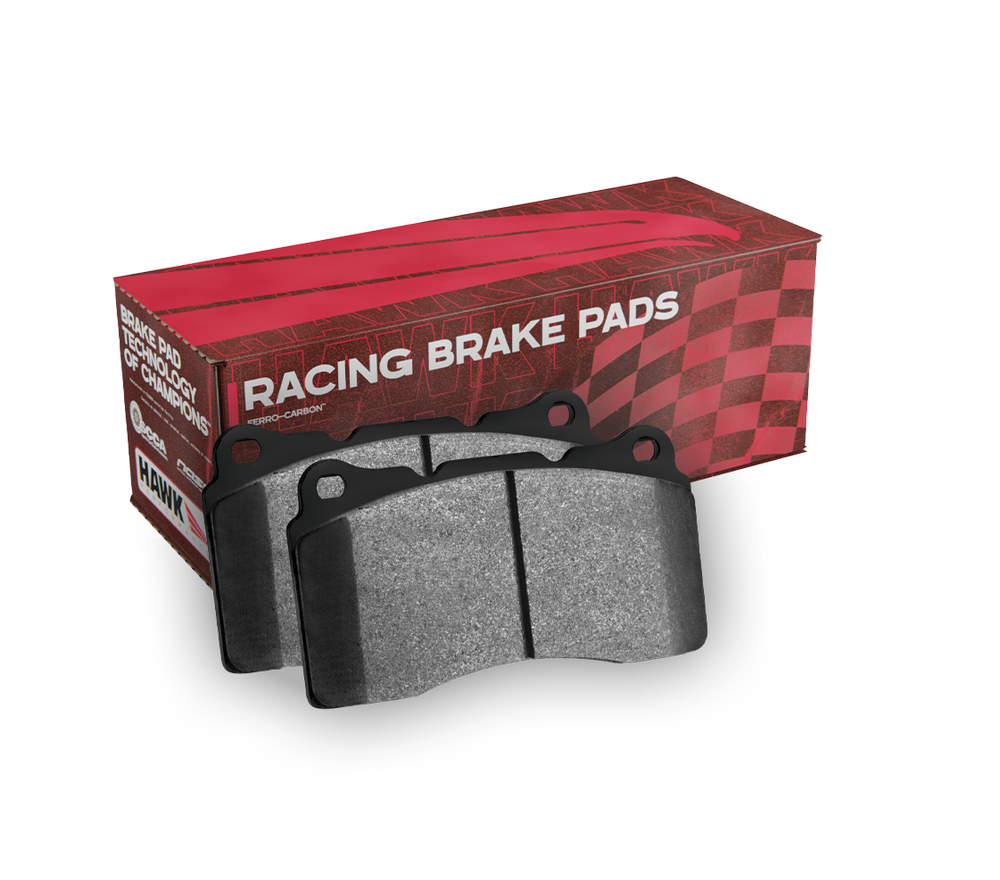
AVOIDING TROUBLE
Shops, like racers, will want to avoid trouble at every turn. Manufacturers offer advice for serving road racing customers.
Brzozowski says a common mistake is “not getting every bit of information about the customer’s specific class of car and what they are trying to accomplish before addressing their needs,” which can lead to “selling them incorrect parts/kits.”
Good sales principles are evergreen. Mangune lists five:
- Overpromise and underdeliver.
- Everyone thinks they’ll be great drivers. Don’t aid that misconception.
- Ask for a deposit upfront.
- Know the size of the budget.
- Have inventory on hand. You can’t sell what you don’t have in stock.
Passing on valuable mechanical knowledge always scores points with customers.
“The single greatest cause of fastener failure is improper installation technique—either too much or not enough torque,” says Florine. “Torque wrenches are delicate instruments that should be calibrated periodically. Proper fastener lubrication is also important, which is why we developed ARP Ultra-Torque fastener lubricant to assure getting 95%-100% of the desired preload on the first pulling cycle (we recommend reaching the desired preload in three equal stages).”
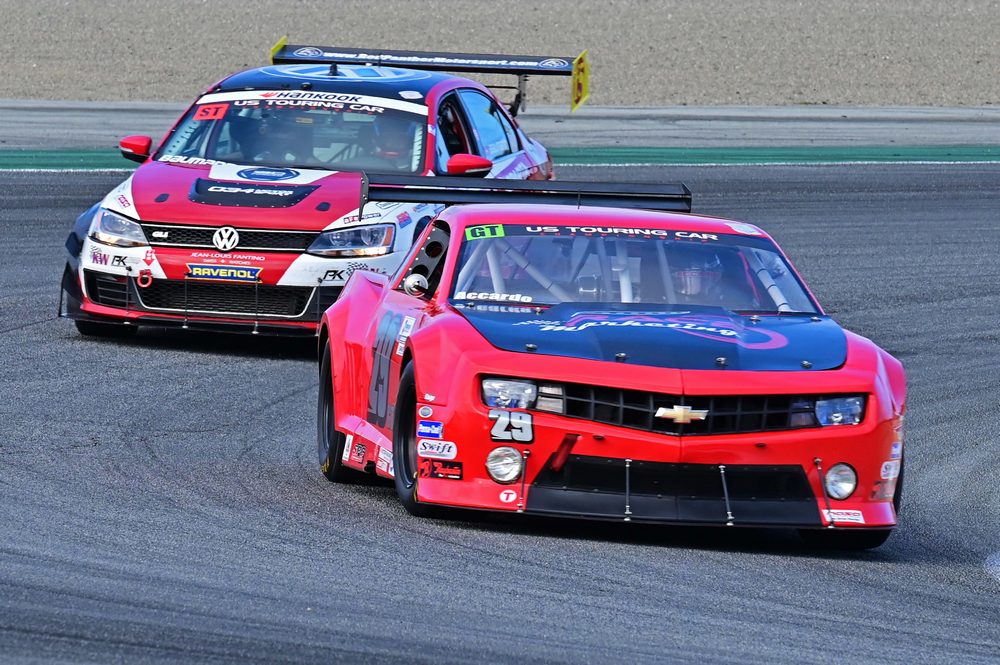
Staying current on the particular aspects of engines is also critical, Criscuolo explains.
“A common mistake is not proportionally enhancing the oiling systems and cooling system along with engine upgrades and upgrades to handling characteristics,” he says. “The need for either a dry sump system or single-stage wet sump system with an oil accumulator can ensure that the investment in a high-performance power plant will last for many seasons without catastrophic failure. Stock oiling systems on some setups cannot handle the new performance demands and can lead to premature failures.”
A wide range of racers means no two projects are ever alike, notes Parlett.
“Road racing is unique in its demographics compared to other major motorsports in the U.S. Not only is there a wide range of different race series, skill levels and budgets, but there are also a ton more variations of vehicles and classes, from stock vehicles learning the ropes in HPDE programs to multi-class racing at the highest levels,” he says. “A one-size-fits-all approach to product development isn’t effective—it’s why VP Racing has over 65 blends of race fuel and dozens of engine oil blends/weights, allowing the perfect combination for any application.”
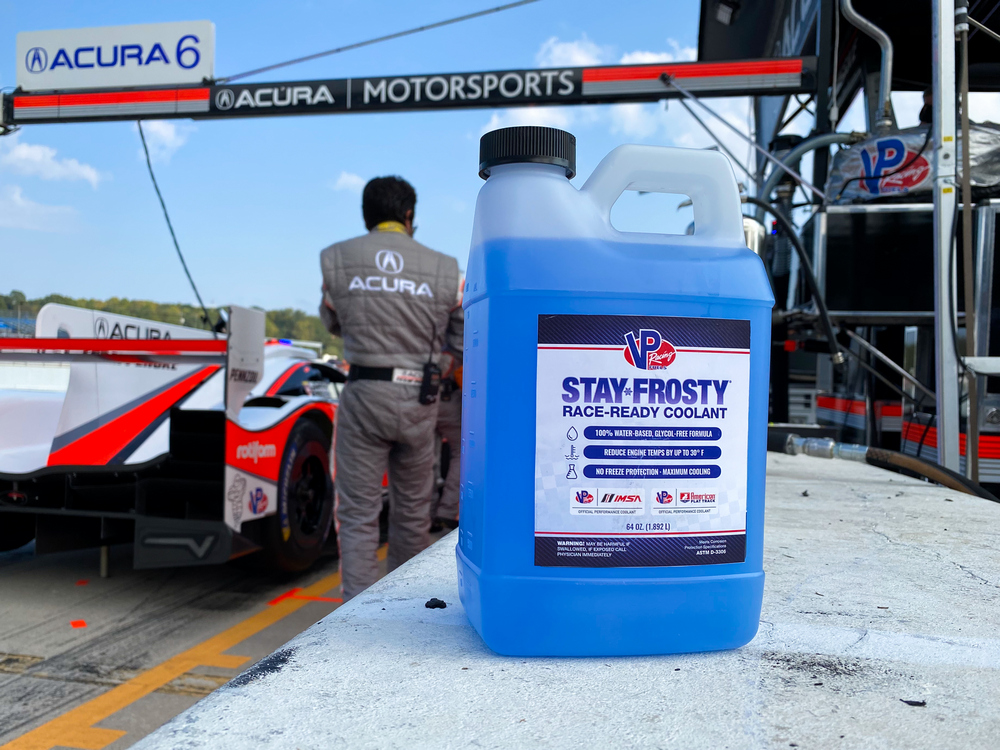
STRONG SHOWING
Knowledge, experience and passion can give shops an edge when competing for road racing customers. Here are some areas of focus.
“Vintage Road racing continues to grow and as a result there are cars being raced that are often 50-70 years old,” says ARP’s Florine. “Fasteners can fail through stress, fatigue or rust. Shops can push replacing old fasteners with our polished stainless steel bolts and studs that are fully 20% stronger than Grade 8 hardware and impervious to the elements.”
VP’s Parlett recommends getting involved.
“Show up to the track and stock the consumable items like fluids and tires this segment burns through,” he says. “The market is engaging a younger audience than we have seen in years. Standalone experiential events like NASA’s HyperFest attract very young crowds that are enthusiastic about their own cars and their journey in building them for road racing. Along with those grassroots racers in the driver’s seat, there is also a renewed audience interested in the highest levels of road racing, especially as we see a new interest from many big-name manufacturers investing in road racing programs across the globe.”
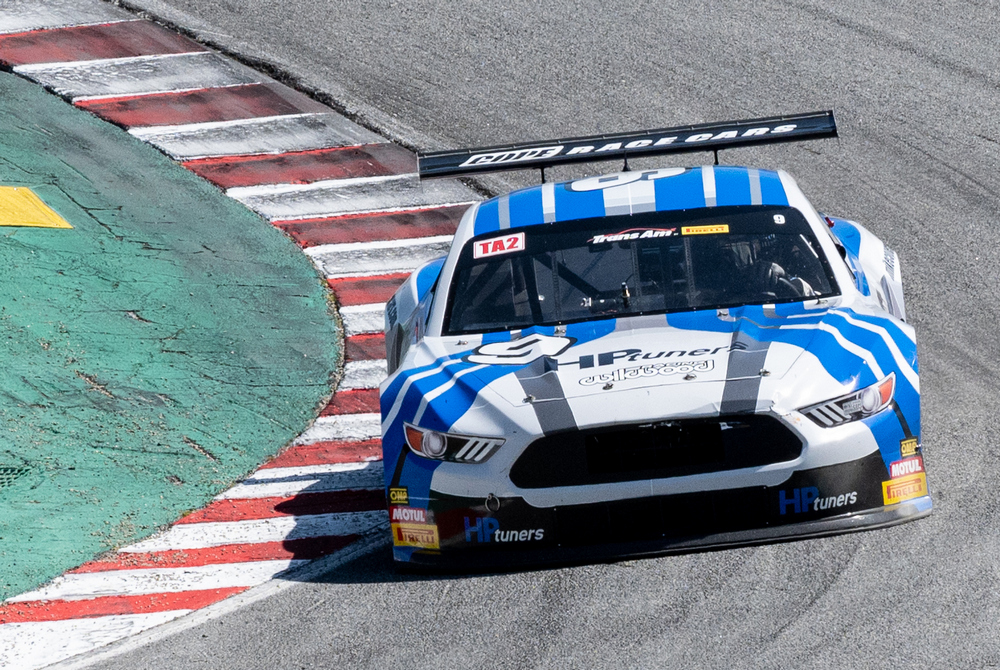
Hawk’s Mangune reveals that racers are more interested in performance and reliability than saving a few pennies.
“Sell premium products that will increase the ticket price, and suggest other companion products to increase the ticket,” he suggests.
Canton’s Criscuolo also pinpoints a premium on reliability.
“Shops can increase sales by enhancing the performance of the oiling system as insurance for the customer’s road racing investment,” he says. “The need for reliable parts in an age after COVID is a must, since parts availability is inconsistent at best.”
Finally, focus on your business so racers know you are someone they can trust, advises Wilwood’s Brzozowski.
“Have good contacts in dealer networks to ensure getting the most reliable answers and sell a customer the right parts the first time,” he advises. “Also, knowing which high-demand consumables to stock and always having those on hand to sell will attract repeat customers.”
